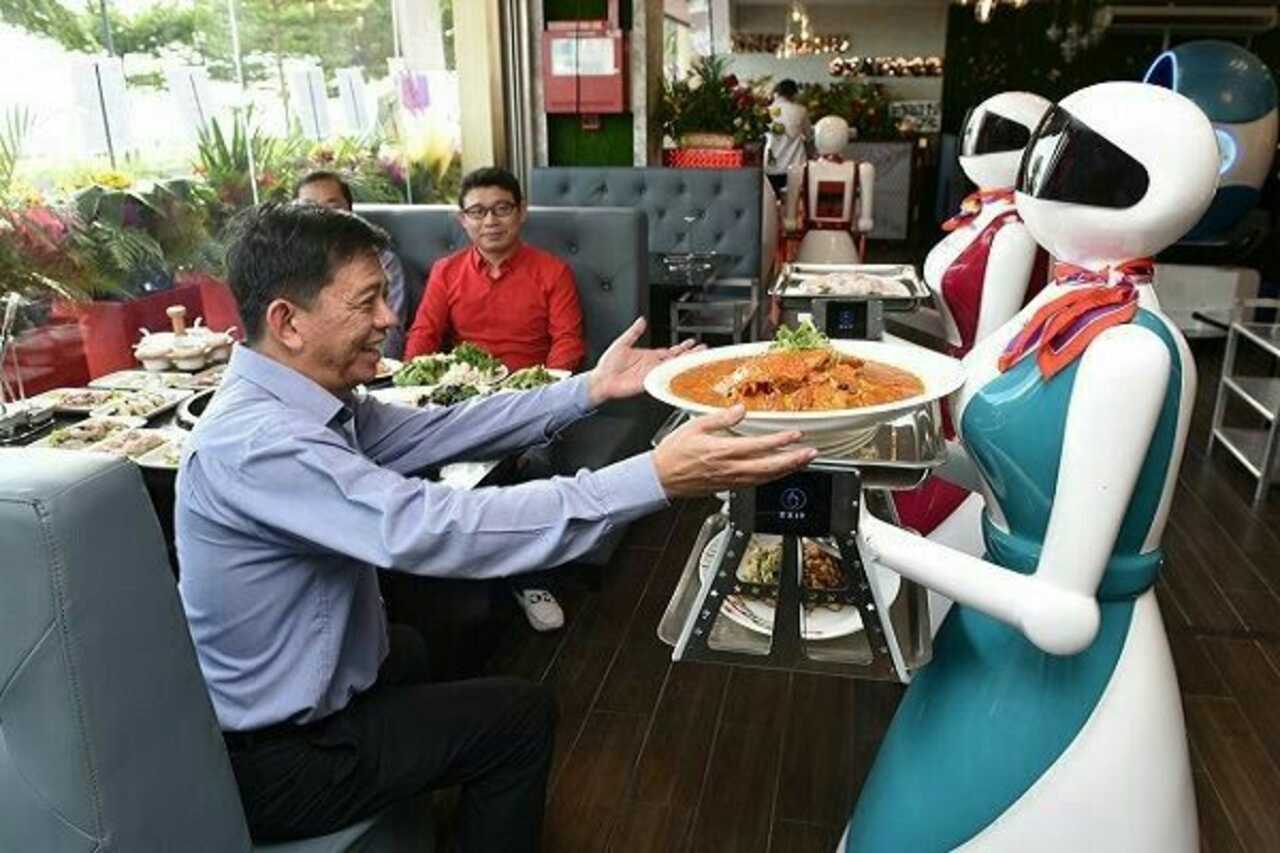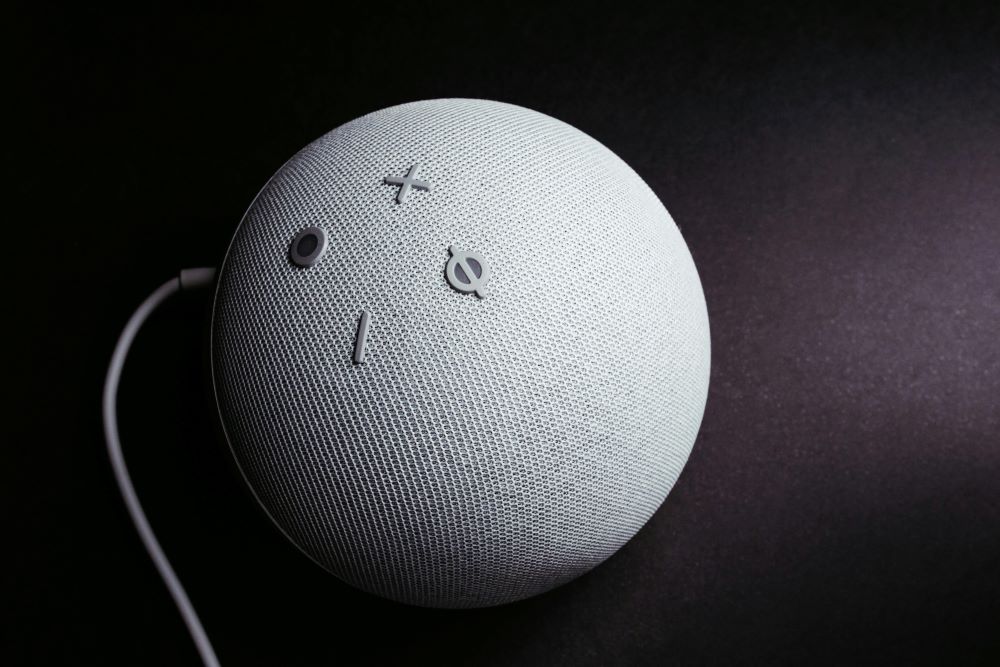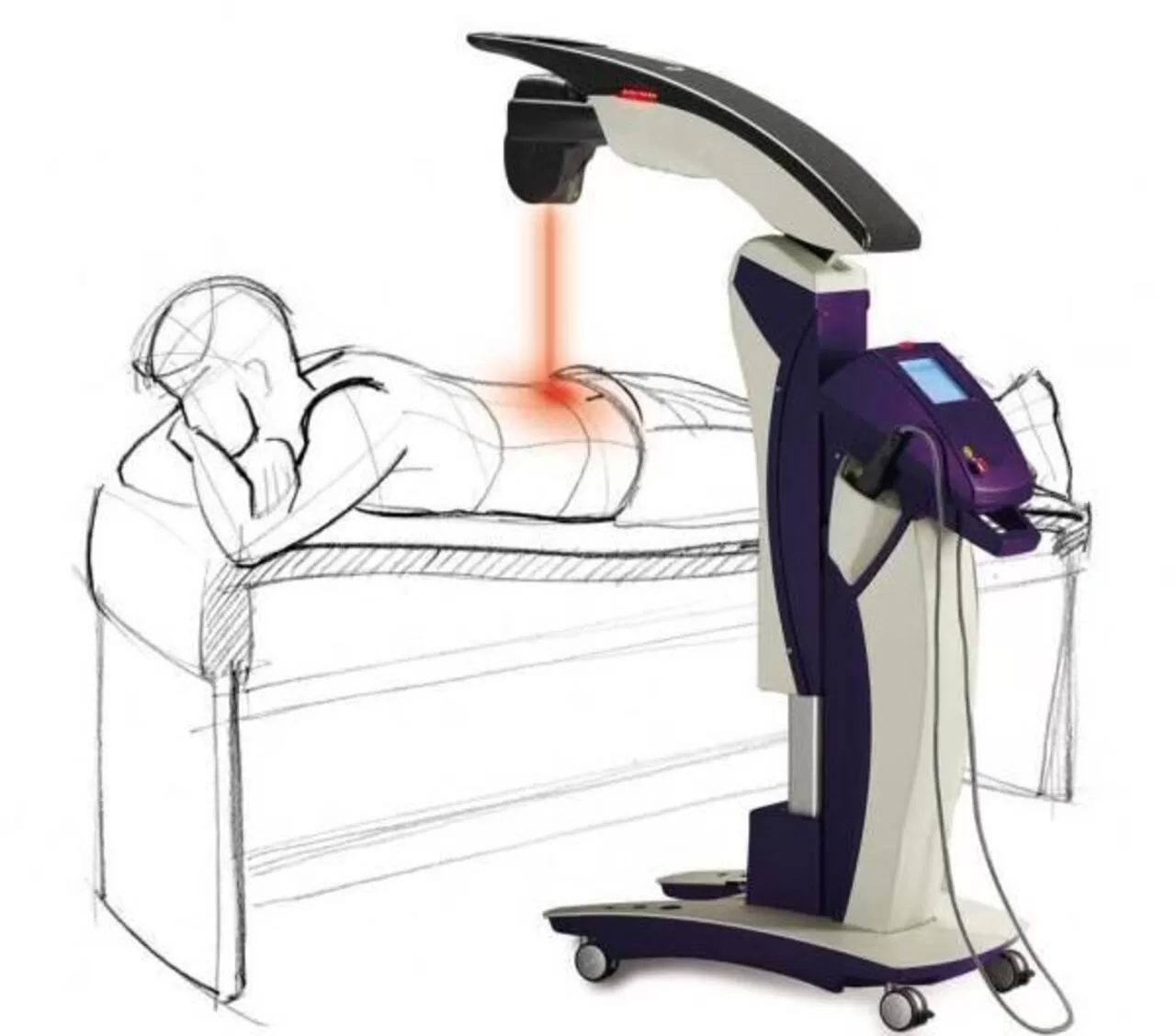Without employees, a restaurant would not succeed. As a result of widespread labor shortages, businesses are increasingly turning to technological solutions. The Robo-waiter, or robotic wait staff, is a popular new front-of-house alternative, especially in the fast-casual and full-service dining sectors. Everything you want to know about robot waiter restaurants is included in this article.
These robots are so advanced that they can cook, transport plates, and occasionally serve as hosts. They are highly regarded because of the tension they relieve on understaffed teams. They also free up the tedious chores on already overworked servers.
What Is A Robot Waiter?
A robot waiter is a service robot designed to serve food and drinks in a restaurant. Typically, these robots are built to be flexible and can easily maneuver past obstacles like tables and chairs. They may be equipped with sensors, cameras, and other technologies to help them carry out their duties. Some robot waiters are designed to take orders and deliver food and drinks to tables, while others may be able to perform more complex tasks such as preparing and cooking food. Robot waiters are intended to be able to work alongside human staff in restaurants or some cases. May be used to replace human waiters entirely.
How Does A Robot Waiter Work?
There are many different designs and models of robot waiters. But most are designed to be able to move around on wheels or other types of mobile bases. These robots are typically equipped with sensors and cameras that allow them to navigate their environment and avoid obstacles. As well as other technologies such as touch screens or voice recognition systems. That allows them to communicate with customers and take orders.
Once an order has been placed, the robot waiter may use its mobility and manipulator arms. (if equipped) to collect the requested items from the kitchen or bar and deliver them to the customer’s table. Some robot waiters may also be able to perform tasks such as pouring drinks or setting tables.
Users may need to input orders and other instructions through a control panel or interface to operate a robot waiter. It’s possible to give the robot a list of steps to take. Some robot waiters may also be able to learn and adapt to new environments and tasks over time through machine learning algorithms.
When Did The First Robot Waiter Appear In A Restaurant?
The purpose of a robot waiter at a restaurant is not merely to ease staff burdens. But to enhance the quality of service offered to patrons. Robot waiters may be designed to start conversations with clients, giving them the impression that they are eating with friends.
It was in Japan in 2016 when the first robot waiter was introduced. Mitsubishi Electric Corporation created it. The manufacturer says their product would increase productivity by 10% and cut the number of waiters required by up to 80%.
Using robot waiters in restaurants is a long-term financial advantage since they may help businesses save on labor expenditures. It is a robotic era, and technology is becoming more advanced. They boost productivity and efficiency by decreasing employee mistakes and expanding the amount of work in a given period.
Food Delivery Robot Waiter Melbourne
There may be restaurants in Melbourne, Australia, using robot waiters to deliver food to customers. These robots may be designed to navigate the restaurant environment and deliver food and drinks to tables. Or they may be used for food delivery outside the restaurant. For example, to deliver orders to customers at home or in the workplace.
The use of robot waiters in the food service industry is still early. And may not yet be widely available in Melbourne or other cities. The use of robot waiters may also be regulated by local laws and ordinances. Which could impact their availability and use.
Related: Control Your Home from Your Smart Phone
Robot Waiter Advantages And Disadvantages
Advantages of using robot waiters in restaurants include:
- Consistency: Robot waiters can provide consistent service every time without being affected by factors such as tiredness or mood.
- Efficiency: Robot waiters can work longer hours without needing breaks and serve more customers in a shorter time.
- Cost savings: Robot waiters may be less expensive to employ than human waitstaff, as they do not need to be paid a salary or benefits.
- Increased safety: Robot waiters can reduce the risk of accidents and injuries, as they do not need to carry heavy trays or navigate crowded spaces.
Disadvantages of using robot waiters in restaurants include:
- Limited capabilities: It is unclear whether or not robot waiters will be able to deliver the same level of personalized service as human ones, especially when it comes to handling complicated orders or unusual demands.
- Technical issues: There is a risk of technical issues or malfunctions with robot waiters, which could lead to delays or disruptions in service.
- Impact on employment: The use of robot waiters has the potential to displace human wait personnel, which might have repercussions for their financial security.
- Acceptance by customers: Some customers may not be comfortable interacting with robot waiters or prefer the personal touch of human waitstaff.
How Do You Choose The Best Robotic Waiter For A Restaurant?
The best approach to serving customers in a restaurant is with the help of clever robot waiters. They’re better equipped to make timely and precise deliveries of edibles.
The greatest robot waiters can advise you where to eat at robot-staffed eateries. The most dependable robotic waiters include:
- One of the best and most widely used robot waiters in restaurants is the KW-313. A sophisticated machine that has earned a reputation for precision and efficiency.
- The KW-413 is a highly sophisticated robot that can serve as a waiter in a restaurant, providing various services. Such as beverage service, meal ordering and delivery, and dishwashing.
- Yet another famous restaurant robot, Mimi from Mimi’s, provides excellent service while relieving wait staff of some of their responsibilities.
How much does a robot waiter cost?
The cost of a robot waiter will depend on the specific model and its capabilities. The price of a model may range from a few thousand to tens of thousands of dollars. Depending on its complexity. It is also important to consider the ongoing costs of maintaining and repairing the robot waiter. Any necessary training for staff in operating and troubleshooting the robot.
Bottom Line
The robot waiter restaurant has been around for some time. And they’re already widespread in a lot of Asian nations. Higueros predicts that the USA will widely use robot waiters during the next five to seven years.
As one may expect, robot waiters have only some of the qualities of an excellent server. However, conversational abilities and a kind demeanor are optional for all front-of-house positions at every eatery. This strategy may be worthwhile if you need help finding qualified applicants for open jobs at your relaxed, full-service restaurant. As more businesses join the market and current ones expand in the next years. The price is likely to drop even more.




